Japan’s history isn’t just found in museums — it’s woven into the streets, buildings, and traditions of its preserved towns and towering castles. As someone fascinated by the depth of Japanese culture, I’ve been researching some of the most beautiful and historically rich destinations across the country — perfect for stepping back in time and soaking up the atmosphere of the samurai era.
Whether you’re into feudal history, traditional architecture, or just love quiet, scenic towns full of charm, these places offer an unforgettable look into Japan’s past. Many of them have well-preserved Edo-era buildings, old merchant houses, and even working samurai districts that still feel alive today.
Let’s check out the best historic towns and castles in Japan!
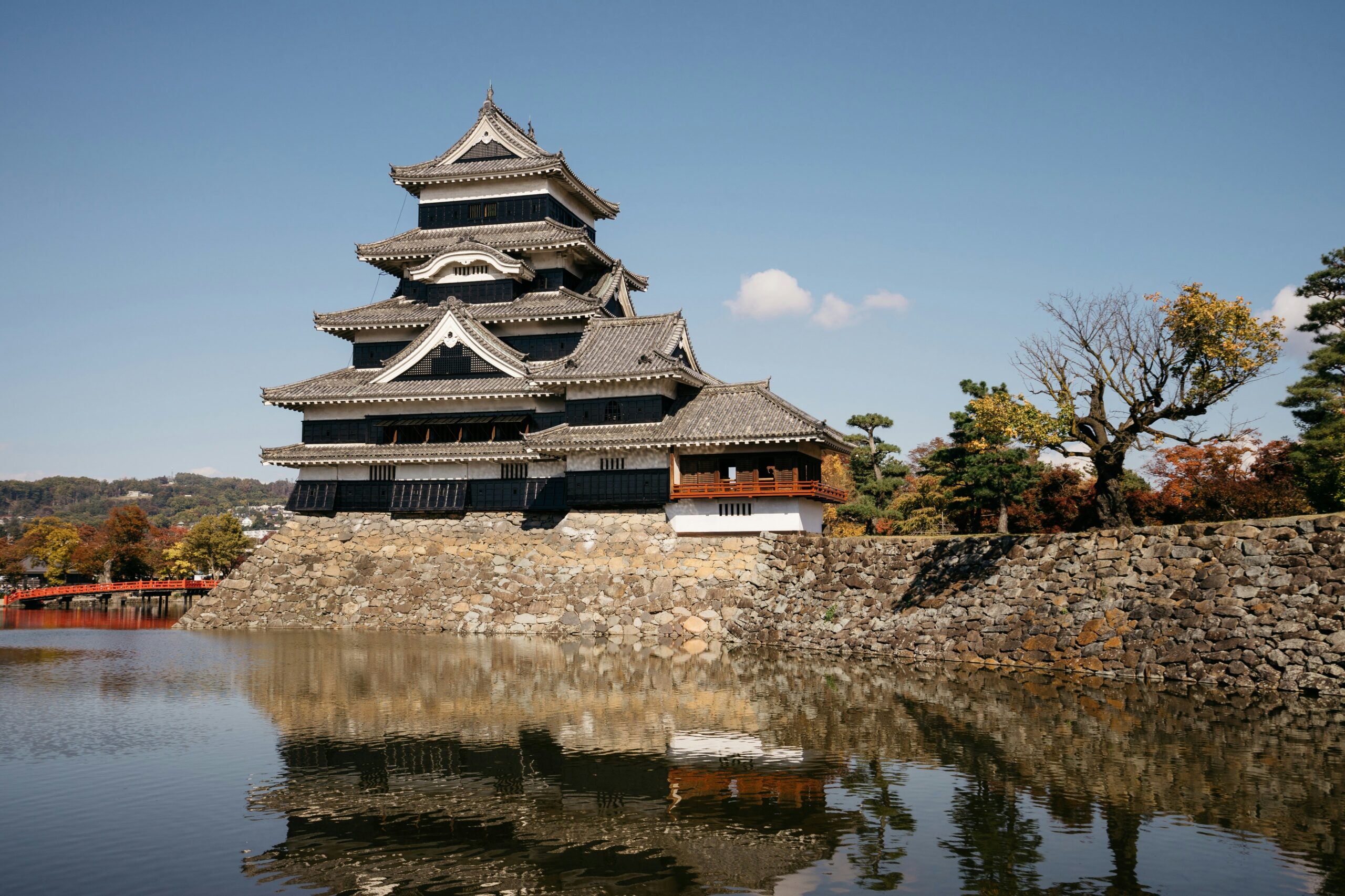
🧍♂️ Top Samurai Towns to Visit
These towns are ideal if you want to walk the same streets samurai once did, and feel like you’re in a historical drama. Here are a few standout destinations that I’ve got my eye on:
🏯 Kakunodate (Akita Prefecture)
Often called the “Little Kyoto of Tohoku,” Kakunodate is one of the best-preserved samurai towns in Japan. It’s famous for its wide streets lined with black-fenced samurai houses (bukeyashiki), some of which are open to the public. You can explore traditional interiors, old weapons, and even gardens that have remained untouched for centuries.
📝 Best time to visit: Spring — the cherry blossoms here are incredible and frame the old samurai streets beautifully.
🏘️ Hagi (Yamaguchi Prefecture)
Hagi is a quiet coastal town that played a key role in the Meiji Restoration and has an incredible layout that dates back to the Edo Period. The samurai and merchant districts are incredibly well preserved, and many white-walled streets and old homes have been converted into museums or traditional inns.
🧭 Pro tip: Rent a bicycle to explore at your own pace — Hagi’s historical areas are very compact and easy to navigate.
🌸 Aizu-Wakamatsu (Fukushima Prefecture)
Known as the samurai city, Aizu-Wakamatsu has deep roots in the Boshin War and is home to Tsuruga Castle, one of the most iconic white castles in northern Japan. The town also has historic samurai residences and traditional lacquerware workshops that give insight into its artisan past.
📚 Fun fact: The Byakkotai (White Tiger Corps) were a group of teenage samurai from here who became legendary for their loyalty and bravery.
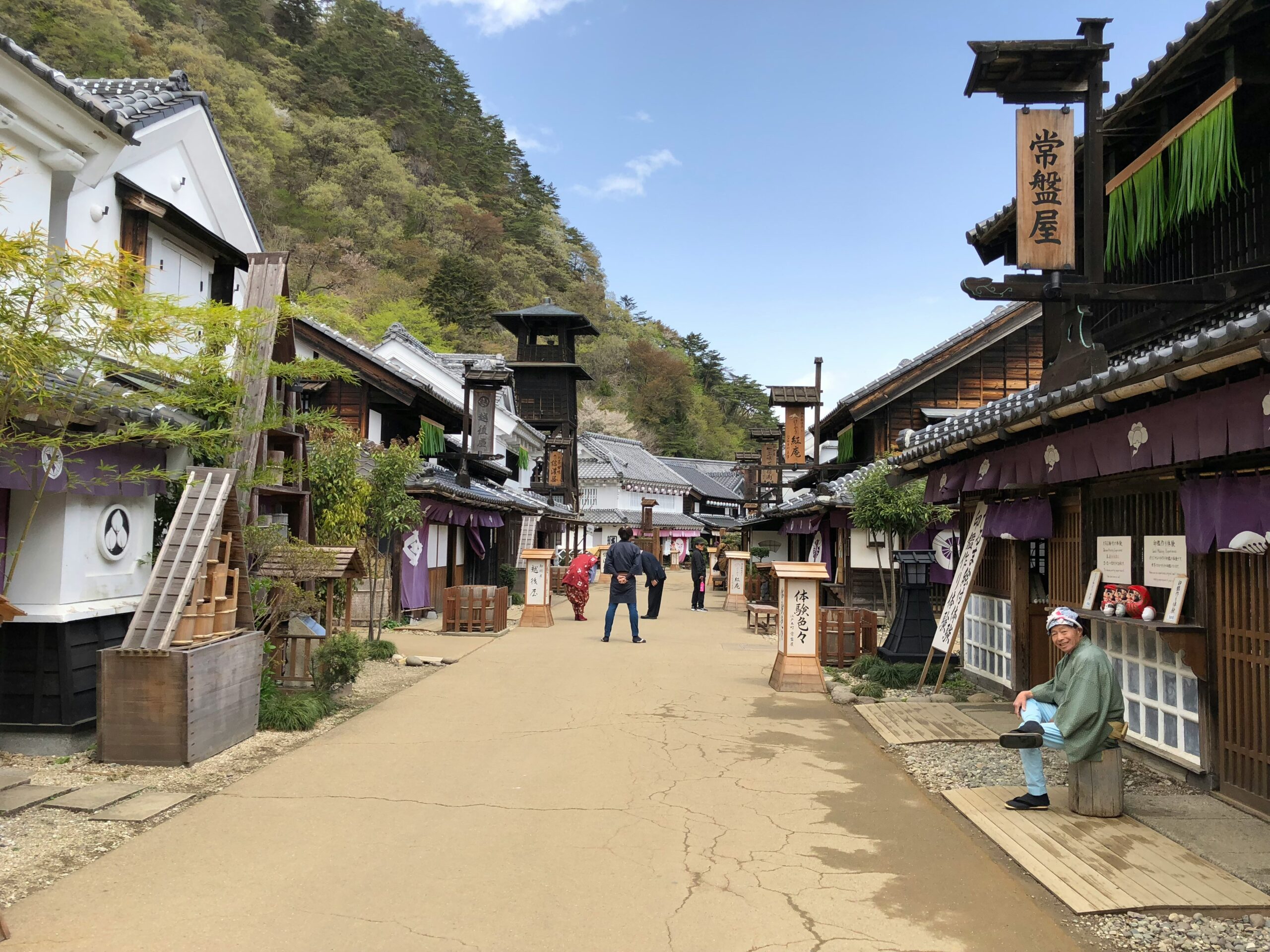
🏰 Japan’s Most Impressive Castles
If you’re drawn to Japan’s feudal history, you can’t miss the country’s surviving castles. While many were lost during war or modernization, a few magnificent examples still stand — either in original form or carefully reconstructed to reflect their former glory.
These castles were once the centers of power and defence for local lords (daimyo), and today they offer a breath-taking window into military strategy, architectural brilliance, and the prestige of Japan’s past.
🏯 Himeji Castle (Hyōgo Prefecture)
Also known as the White Heron Castle due to its striking white exterior, Himeji is widely considered Japan’s most beautiful and best-preserved castle. Unlike many others, it has survived war, earthquakes, and natural disasters in its original form.
📝 What to expect: Towering multiple floors, maze-like defensive layouts, and panoramic views from the top of the keep. It’s also a UNESCO World Heritage Site!
🐦 Matsumoto Castle (Nagano Prefecture)
Nicknamed Crow Castle for its black exterior, Matsumoto is one of Japan’s few original castles. It’s surrounded by a picturesque moat and features a stunning contrast of dark wood, white walls, and snow-capped mountains in the background during winter.
📸 Great for photography — especially during sakura season when the moat reflects the blossoms and castle together.
🏞️ Matsuyama Castle (Ehime Prefecture)
Located atop a hill in Shikoku, Matsuyama Castle is one of the few that still has many of its original defensive features, including gates, walls, and turrets. A ropeway or hiking trail takes you to the top, where you’re rewarded with sweeping views of the city and sea.
🧭 Unique feature: You can actually try on samurai armour and take photos with replica weapons at the top!
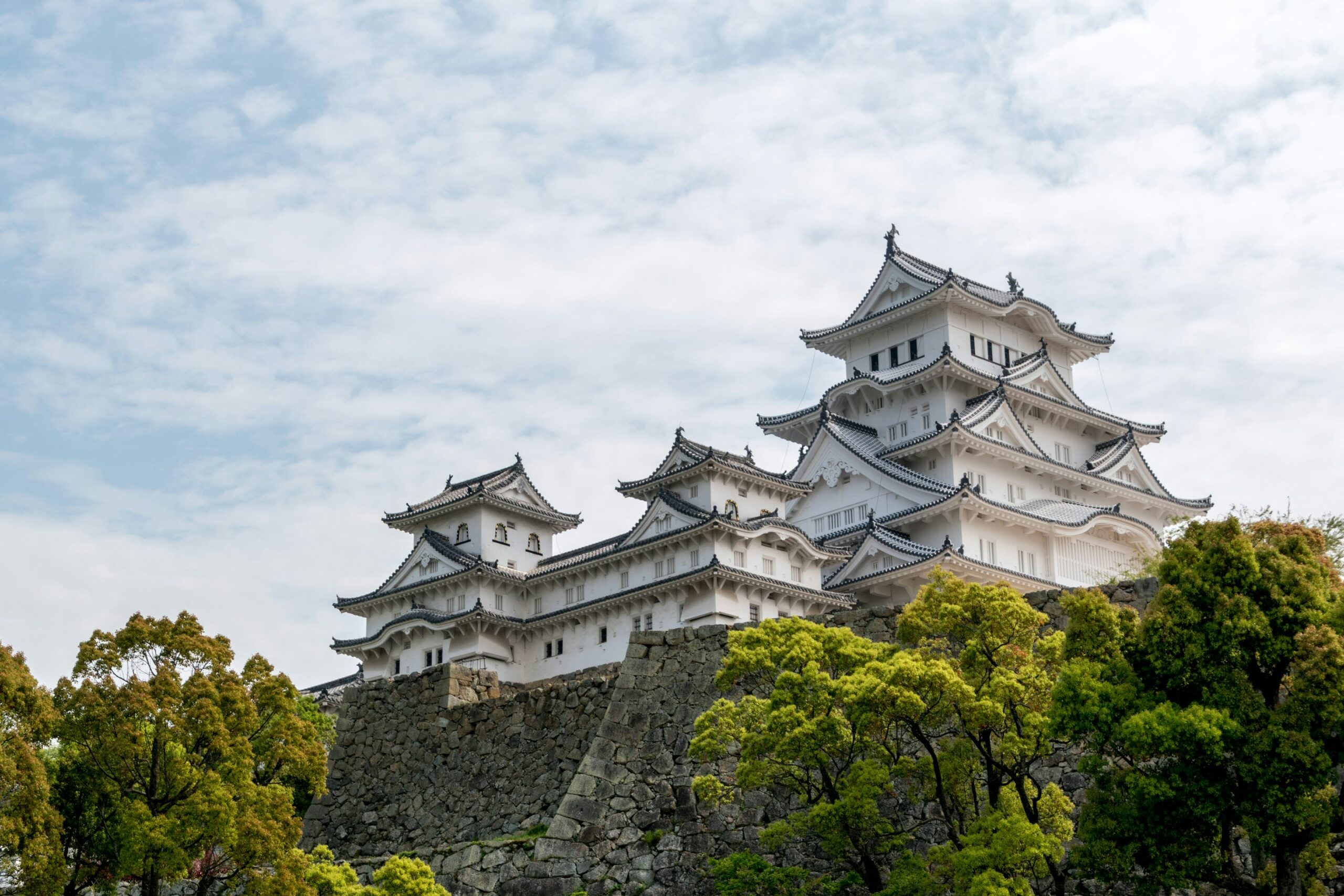
🧱 Old Merchant Districts & Edo-Era Streets
Beyond the castles and samurai houses, Japan’s old merchant towns offer another layer of historical beauty. These areas give you a sense of how everyday people lived — especially the wealthy merchant class who thrived during the Edo period.
The atmosphere is cosy and full of charm: wooden storefronts, lattice windows, sake breweries, and local craft shops, all with a backdrop of historic architecture.
🏘️ Kurashiki Bikan District (Okayama Prefecture)
Kurashiki is one of Japan’s most scenic old towns, with canals, white-walled kura storehouses, and willow trees lining the water. Originally a merchant town, it’s now full of museums, boutiques, and cafés housed in preserved Edo-era buildings.
🛶 Highlight: You can take a traditional boat ride along the canal while soaking up the atmosphere.
🪵 Takayama Sanmachi Suji (Gifu Prefecture)
This beautifully preserved old town in the Japanese Alps feels like a time capsule from the Edo period. Wooden houses, sake breweries, and local artisans fill the narrow streets. It’s also a gateway to the nearby Shirakawa-go village.
☀️ Tip: Arrive early in the morning before the crowds for the most peaceful experience.
🏯 Kawagoe (Saitama Prefecture)
Nicknamed Little Edo, Kawagoe is just a short trip from Tokyo and makes a perfect day trip. The town features a nostalgic bell tower, candy alley, and clay-walled kurazukuri warehouses. It’s a great place to taste old-fashioned sweets and enjoy a slice of Japan’s past without traveling far.
🚆 Easy access: Just 30 minutes from Ikebukuro Station by train!

🕊️ Hidden Gems: Lesser-Known Historic Spots
While the major towns and castles get most of the spotlight, Japan is full of lesser-known historic destinations that are just as captivating — often with fewer crowds and a more intimate feel. These places offer a unique opportunity to connect with the quieter side of Japan’s past and see how local life blends with centuries-old tradition.
If you’re the type of traveller who likes to go off the beaten path, these spots will absolutely reward your curiosity.
🌸 Tsuwano (Shimane Prefecture)
Nicknamed the Little Kyoto of San’in, Tsuwano is a picturesque castle town with samurai streets, koi-filled canals, and the atmospheric Taikodani Inari Shrine. It’s surrounded by mountains and has a nostalgic, peaceful charm.
🚂 Getting there: It’s a bit remote but reachable via JR trains. Once you’re there, rent a bike or walk to explore at a relaxed pace.
🧂 Usuki (Ōita Prefecture)
Usuki is a historic castle town on Kyushu’s east coast, known for its preserved stone samurai residences, temples, and unique stone Buddhas carved into cliffsides. It’s not touristy at all, making it a hidden treasure for history lovers.
📜 Fun fact: The town was also known for producing soy sauce and miso in the Edo period — you can even visit the original shops.
⛩️ Aizu-Wakamatsu (Fukushima Prefecture)
This city played a key role in the Boshin War, Japan’s civil conflict during the Meiji Restoration. The town is home to Tsuruga Castle, samurai schools, and historical museums detailing the last stand of the samurai.
🎖️ Highlight: Visit the Byakkotai Memorial for a powerful and emotional look into samurai loyalty and tragedy.
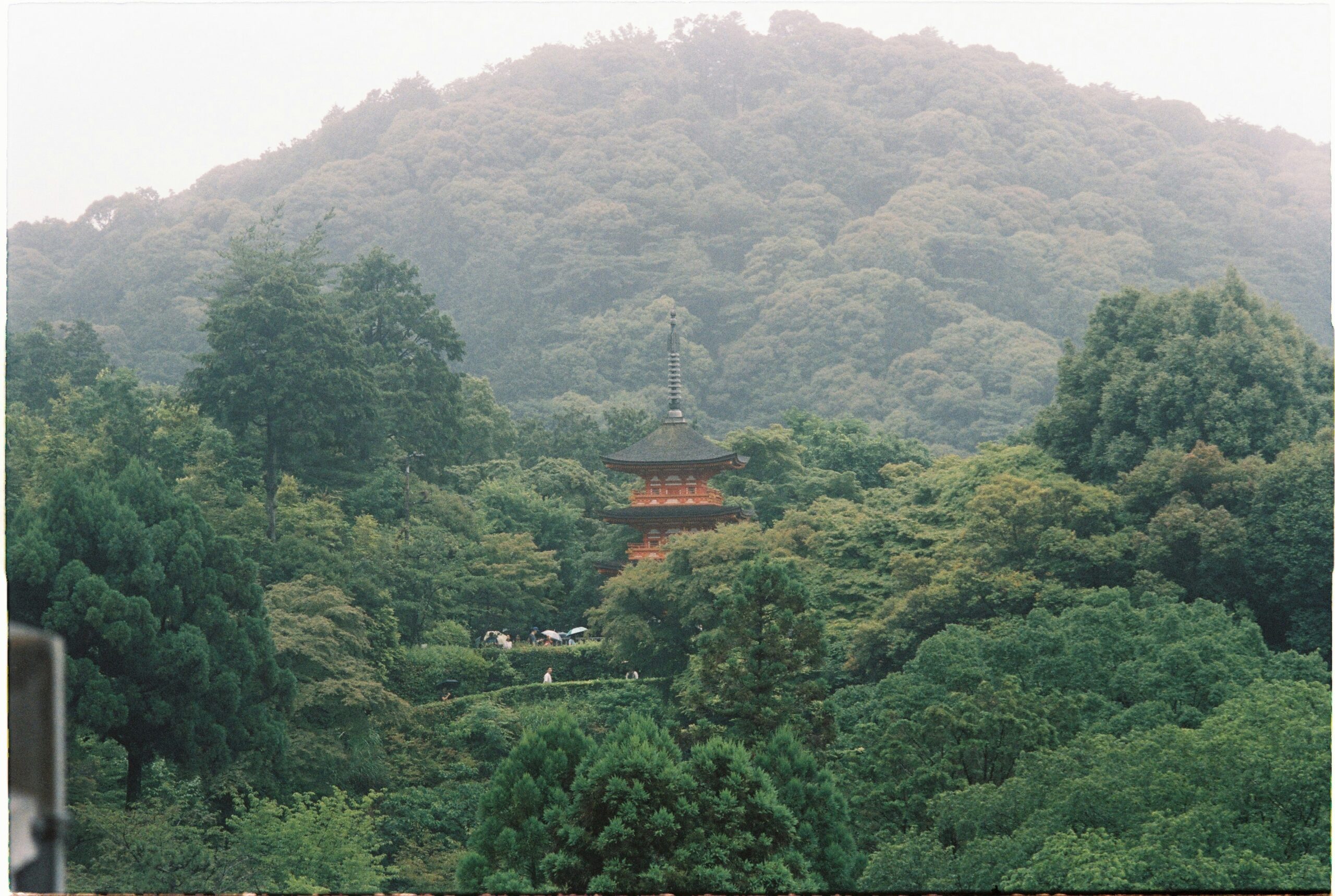
📌 Final Thoughts & Travel Tips for History Lovers
Japan’s historic towns and castles offer so much more than just sightseeing — they let you step into living history. Whether you’re strolling down preserved Edo streets or gazing across a castle moat, these places immerse you in the legacy of Japan’s samurai, merchants, and artisans.
🧭 Travel Tips:
- 🔍 Research train connections in advance — some remote towns take extra planning.
- 🎟️ Buy combination tickets where available (some towns offer passes that include museums, castles, and shrines).
- ⏰ Arrive early to enjoy the best light for photos and avoid crowds, especially in places like Himeji or Takayama.
- 📱 Download offline maps in case signal is weak in mountainous or countryside areas.
- 🥾 Pack comfy shoes — lots of walking and cobblestone paths in these towns!
- ☕ Take your time. The beauty of these places is in the details — hand-carved wood, stone lanterns, faded shop signs, and quiet temple gardens.
📝 My plan is to slowly visit each of these spots over time as part of my deeper journey through Japan’s rich cultural past. If you’re a fellow history buff, I hope this guide gave you some great ideas for your own travel bucket list!
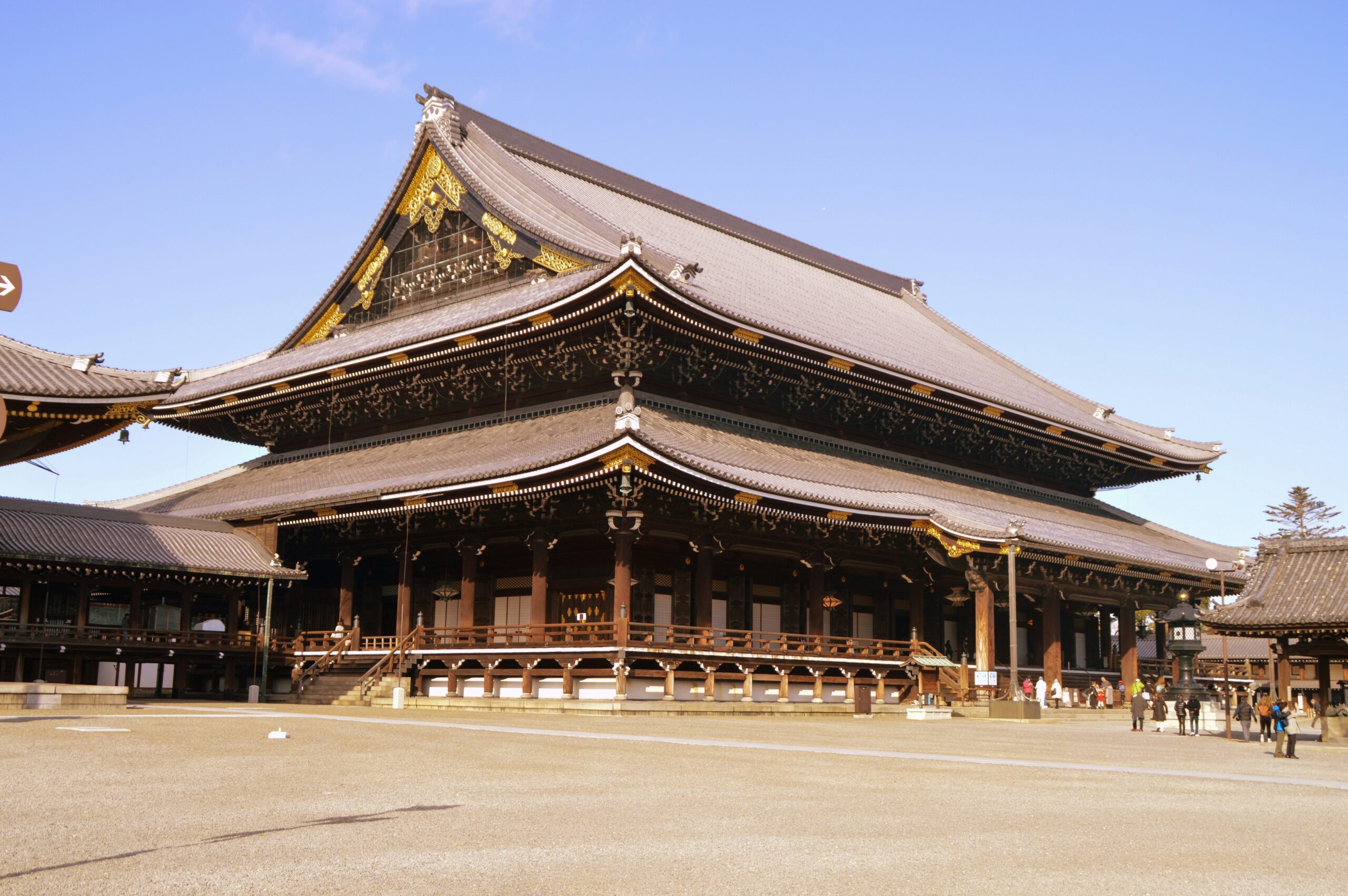
📚 Related Articles You Might Like
- 🏞️ Nature & Outdoor Escapes in Japan: Best Places to Enjoy Mountains, Onsen, and Countryside Adventures
- 🏙️ Top Day Trips from Tokyo: Mountains, Temples & More
- 🎎 Traditional Japanese Culture: Festivals, Arts, and Local Life
- 🚅 How to Travel Japan by Train: JR Pass Tips & Local Advice
- 🍱 Best Food Experiences Around Japan: A Culinary Journey
